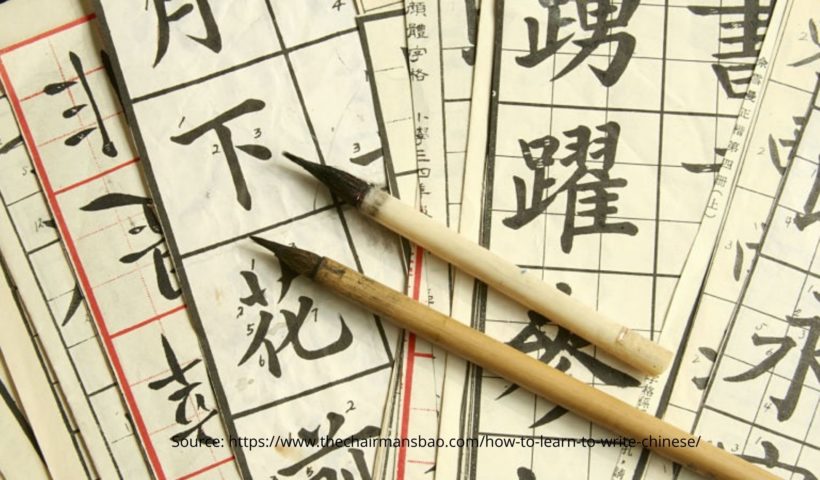The Pomodoro study technique was developed by a university student who was struggling to focus on his studies and assignments. He asked for himself to…
View More What is the Pomodoro Technique & How to Use it For Effective StudyingCategory: Learning Tips
Sleep Deprivation: How It Affects Students & Good Habits To Adopt for Better Sleep
Students have a higher tendency to miss out on sleep due to workload and, well, video games. It is no doubt that every student has…
View More Sleep Deprivation: How It Affects Students & Good Habits To Adopt for Better SleepEnrolling your child for tuition could be the best decision you ever make. 7 Reasons Why!
There are too many benefits a child can reap from tuition and Tutopiya is here today to give you 7 reasons why enrolling your child…
View More Enrolling your child for tuition could be the best decision you ever make. 7 Reasons Why!9 Most Powerful Study Techniques For Exams & How To Choose What Fits You Best
This article will explore some of the most powerful study techniques for exams that are helpful for students. It will also help you to find…
View More 9 Most Powerful Study Techniques For Exams & How To Choose What Fits You Best9 Super Tips and Habits to Help You to Learn Chinese Easily
The Chinese Language is one of the most difficult languages to master because of its complexity of characters and pronunciation. However, with these 9 super…
View More 9 Super Tips and Habits to Help You to Learn Chinese Easily10 Books For Tutors To Read: Improve Teaching & Better Understanding Of Your Students
The list of recommended books below is to help tutors become better teachers for their students. It is not easy becoming a teacher, just having…
View More 10 Books For Tutors To Read: Improve Teaching & Better Understanding Of Your Students




